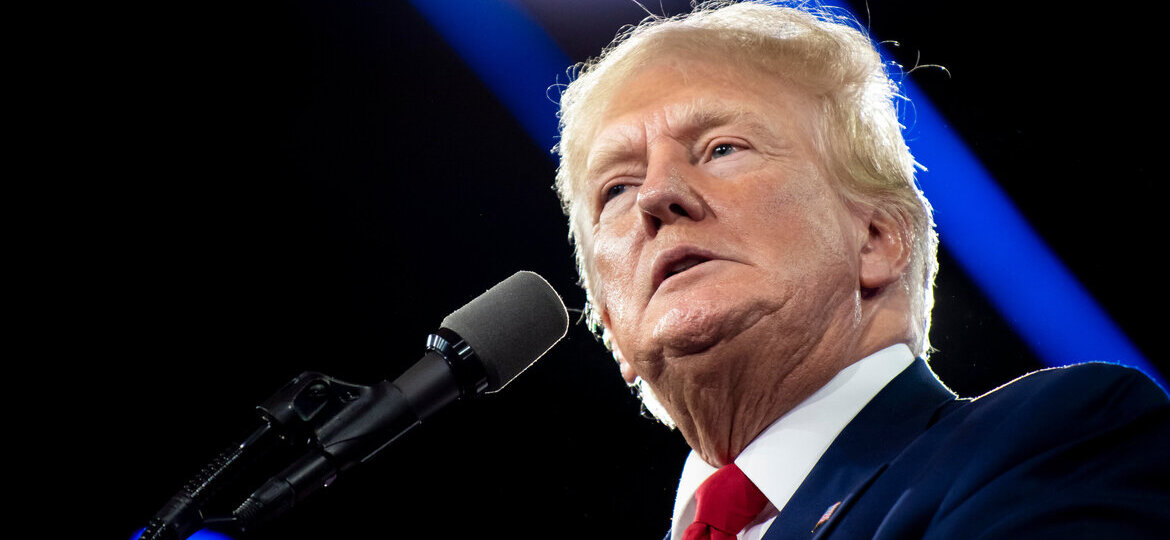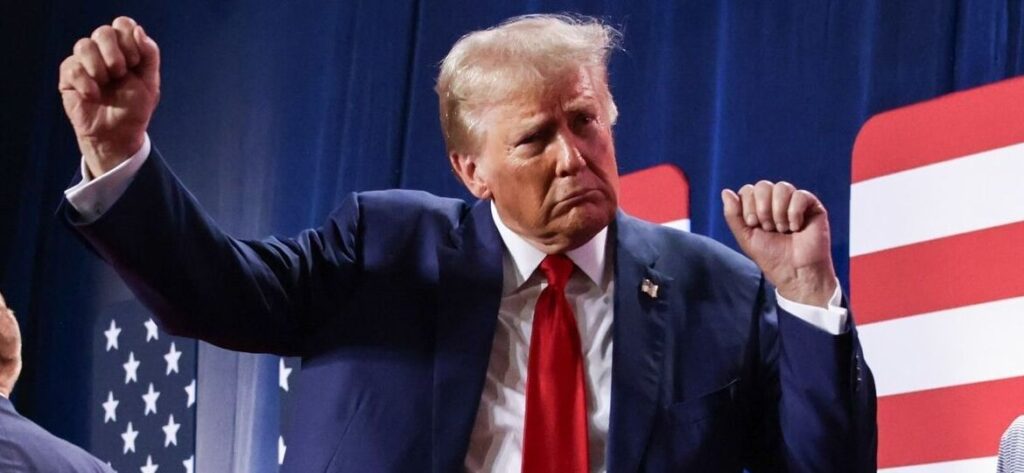April_Tariff War|Trump's New Tariff Policy: Motivation and Risk Analysis
Commentator: Mr. Lin Wei-Pu, Executive Vice President, Ji-Pu Industry Trend Research Institute
In the early morning hours of April 3, 2025, Taiwan time, Trump signed an Executive Order on reciprocal tariffs, announcing that the United States will impose 10% in full tariffs on all imported goods. At the same time, he said that it is unfair to impose high tariffs on the United States by countries (especially Thailand, Vietnam, and India) that have put the United States at a disadvantage in bilateral trade by underperforming the U.S. in trade. The U.S. will impose 34% on China, 20% on a country-by-country basis in the European Union, 46% on Vietnam, 32% on Taiwan, 24% on Japan, 26% on India, 25% on South Korea, 36% on Thailand, 31% on Switzerland, 32% on Indonesia, 24% on Malaysia, and 49% on Cambodia. The additional tariffs on 49% are shown in Figure 1 (left) below. It is expected that the tariffs will be imposed on April 9, U.S. time on individual trade-deficit countries. The reciprocal tariffs are calculated in a simple way as "Trade Deficit/Import" as shown in Figure 1 (right), and are summarized in the following table.The brutal approach of cutting the levy in half.As a standard. The so-called reciprocal tariff is simply calculated by the ratio of each country's trade deficit with the U.S. to its imports, as shown in Figure 1 (right) below, and half of it is used as the standard for the tariff rate, which can be described as a brutal action. This move has caused the US and global stock markets to continue to plummet, and Taiwan's stock market opened after the Ching Ming holiday with the biggest one-day drop in its history. Meanwhile, the market










